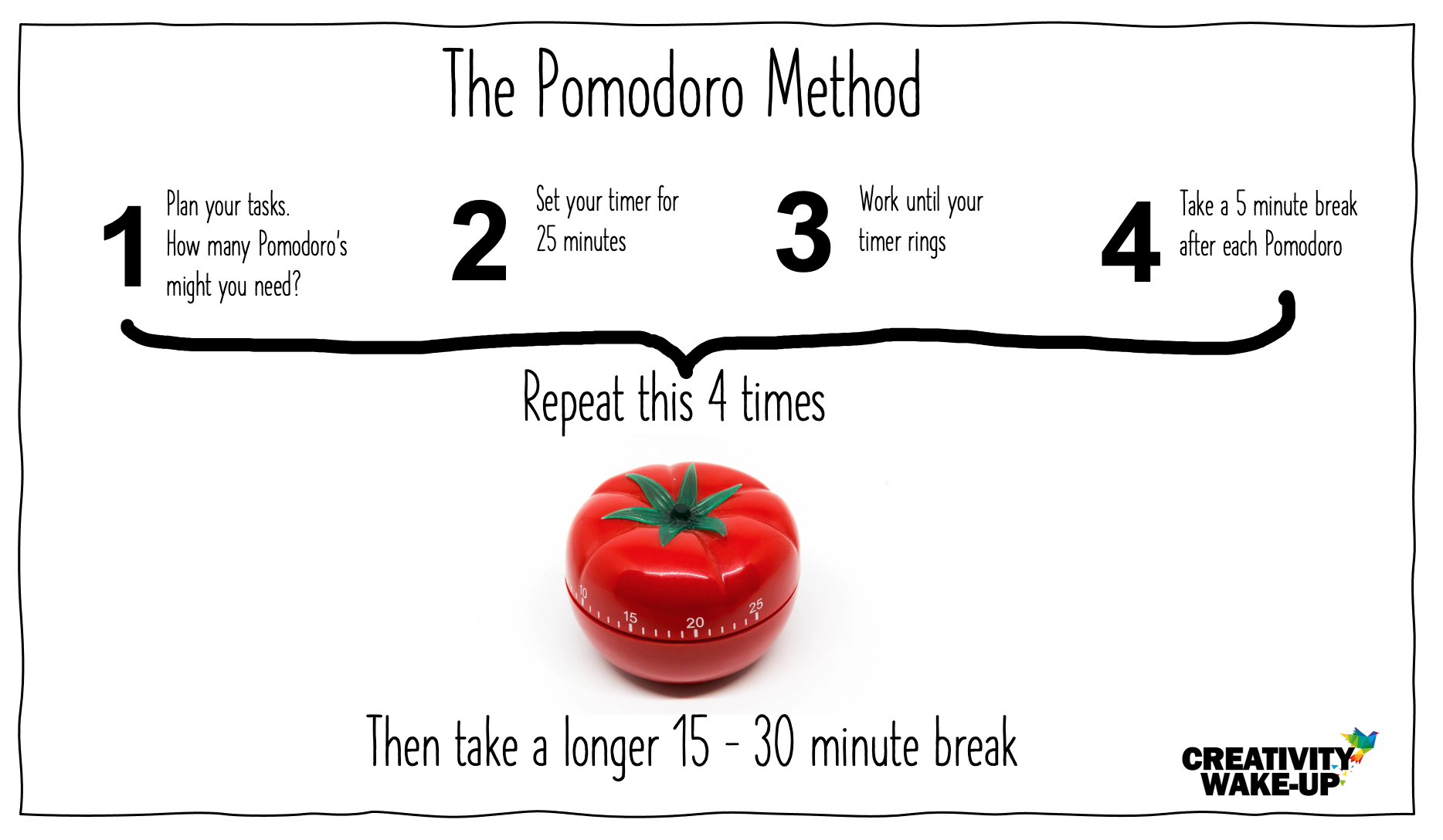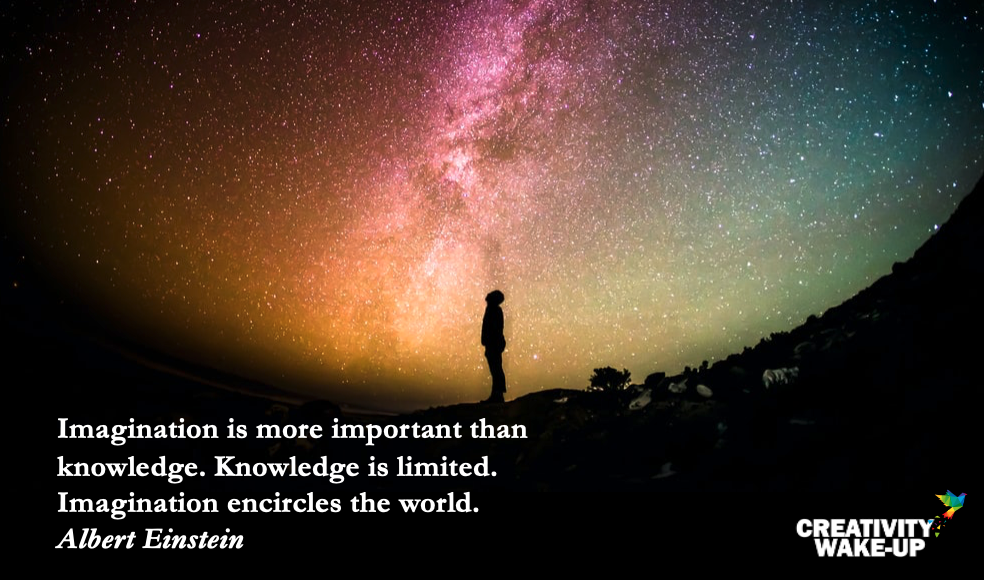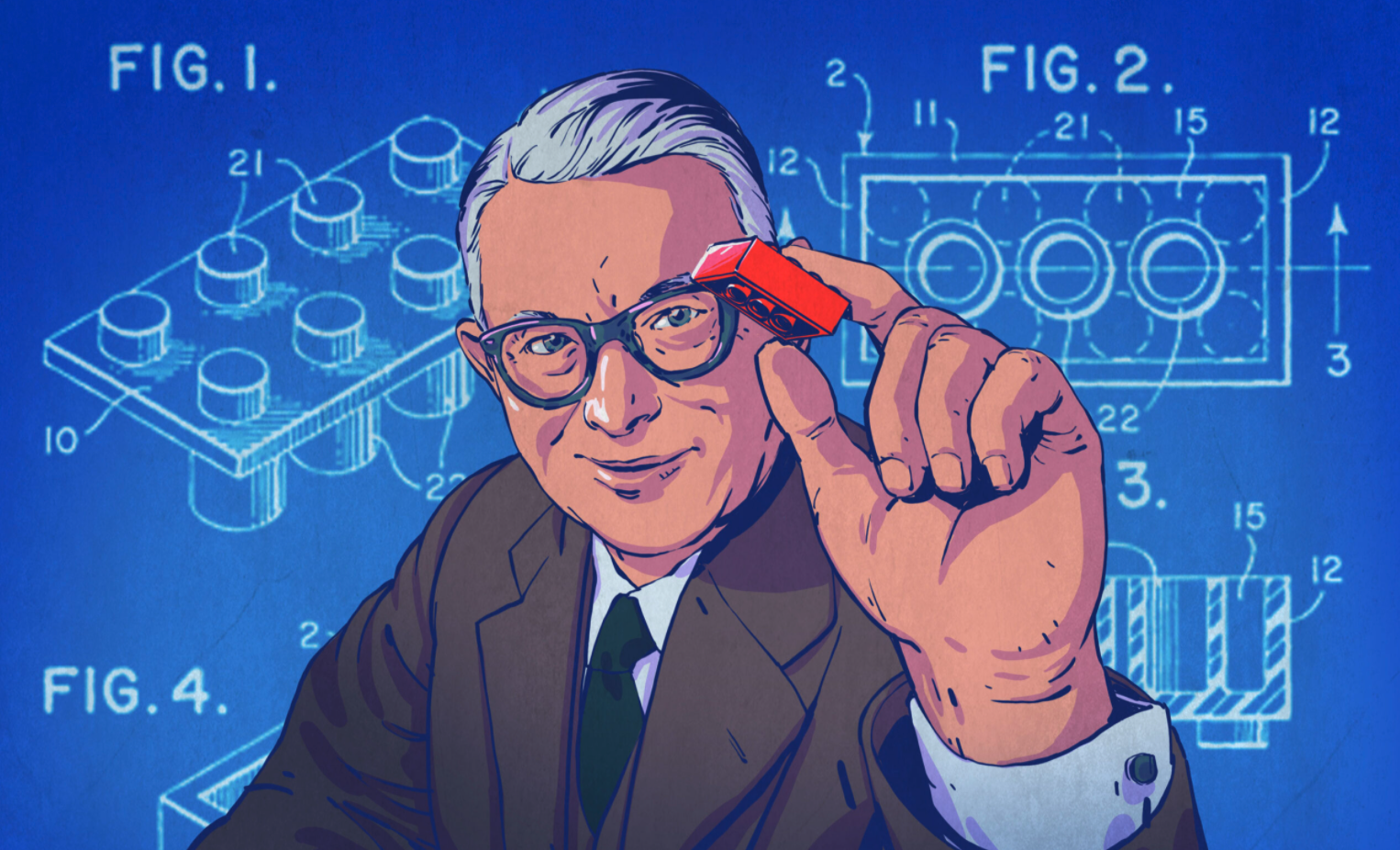From the Information Age to the Imagination Age

We have entered an exciting new age of civilisation. We have moved from the Agricultural and Industrial Age to the Information Age where factory workers from the Industrial Age moved into the knowledge economy and services took over from products as the main activity. Now, in the Imagination Age, knowledge work and analysis is being left to the machines. People are working in areas that can’t be done by computers – these include power skills such as imagination, creativity, and emotional and social IQ.
Imagination is far from a whimsical indulgence. It is essential for progress and for finding new solutions. Top business minds around the world are recognising the importance of imagination and creativity. Harvand Business Review authors, Martin Reeves and Jack Fuller write,
“We believe imagination — the capacity to create, evolve, and exploit mental models of things or situations that don’t yet exist — is the crucial factor in seizing and creating new opportunities, and finding new paths to growth.”
How can individuals and businesses make sure that they don’t get stuck in the past era of the Information Age? We have some tips for building your personal and organisational capability for imagination. But first, let’s take a step back and explore where imagination fits into the creativity equation and assess how imaginative you are.
Imagination is fuel for creativity
We start many of our workshop by looking at Dr Ruth Noller’s formula for creativity.

Dr Noller believed that creativity (C) is the function of three things; knowledge (K), imagination (I) and evaluation (E). All of these are amplified by the all important little (a) in the quation, our attitude.
One element of this formula gets rusty for many of us over time. That element is our imagination. There are many reasons why our imagination tends not to be used to its full potential including self doubt, bad habits and the numbing effect that digital media can have on us.
How strong is your imagination? Do any of these statements apply to you?
- I love telling stories
- I often daydream
- I sometimes talk to yourself
- I often feel transported when reading a book
- I had imaginary friends as a child
- I like to challenge the status quo
- I ‘see’ book characters in my mind
- I like to play around with ideas just for fun
The above statements are all signs of a strong imagination.
Here is a quick imagination exercise for you:
Close your eyes for a minute and picture yourself standing in your favourite place on earth. Picture everything that is in front of you. Listen to the sounds around you. Feel anything touching your body: the sun on your face, the breeze on your skin, or the grass under your feet, for example. Do a slow 360 degree turn and take in the whole scene until you are back facing the same way.
Now, do you feel a little like you have just visited that place? I hope so. Even if you did not tick any of the imagination signs above, your imagination is still working. To conjure up any of the stimuli which was not there, you have used your imagination. With some deliberate effort and practice you can make it stronger and more vivid.
So, what exactly is our imagination? How do I stretch and exercise it?
Imagination is the faculty or action of forming new ideas, or images or concepts of external objects which are not present to your senses. In other words, you use your imagination whenever you think about things, when those things are not there in front of you. It enables you to recreate past experiences as memories and equips you to invent fantasies. Imagination helps you apply knowledge to solve problems and is a vital element of your learning process.
Understanding how imagination works is important because it’s responsible for much more than just helping you visualise rotating landscapes. Planning your future, empathising with a stranger, creating something beautiful, designing something useful… all of this requires, at the very least, an ability to form ‘mental representations’ without any props.
How can I develop my imagination?
A helpful technique is to carve out some unfocus time. Neuroscientist, Srini Pillay, demonstrates the importance of unfocus time in his book Tinker Dabble Doodle Try. Dr Pillay explains that working harder is not always effective. In his case, pushing himself to remain focussed in medical school lead to physical and mental exhaustion. When he started to incorporate mini breaks, short walks and meditation into his study routine, his results soared and his whole outlook on life improved dramatically.
Dr Pillay recommends adopting the Pomodoro technique. This is a time management system where you are encouraged to break up your task into Pomodoros – a 25 minute chunk of focused worktime followed by a 5 minute period of rest. After four Pomodoros, take a longer break of 20 - 30 minutes. This technique was developed by Francesco Cirillo and he named it after his tomato shaped kitchen timer. The Italian word for tomato is “pomodoro”.

Photo of timer credit: Marco Virch at Flickr
Dr Pillay explains that involuntary mind wandering can make us feel unproductive and guilty. If we intentionally build in this into our schedule, it make us more productive and help us feel refreshed.
How can I develop my team's imagination?

Photo credit: Greg Rakozy at Unsplash
Harvard Business Review authors, Martin Reeves and Jack Fuller, believe that setting up a system for the deliberate sharing of ideas is an excellent way to develop an organisation’s collective imagination. In their article “We Need Imagination Now More Than Ever”, they explain that ideas need to grow and spread by being shared. Fledgling ideas can be easily squashed before they have the chance to get any traction when there is a fear to voice ideas that might be unfamiliar or considered impractical. There thus needs to be a system that is both easily accessible, but also where team members can express ideas without fear of judgement.
For teams that are working remotely, we have successfully trained many businesses to use platforms such as Mural, which is an easy-to-use digital canvas for idea development and sharing.
How can I be a more imaginative leader?
 Artwork credit: Brickfinder.net
Artwork credit: Brickfinder.net
Reeves and Jack encourage experimentation in the workplace. Furthermore, an attitude of hope and self-belief is a major contributor to long term success. Taking action by testing new ideas, often generates unexpected outcomes that leads to further ideas and innovation.
A classic example of a person who embodies these leadership qualities is Ole Kirk Kristiansen, carpenter and the founder of the LEGO Brand. Kristiansen’s original business manufactured timber products for homes, such as ironing boards and ladders. His business almost went bankrupt in the early 1930s, with the onset of the Great Depression. Kristiansen kept going by experimenting with wooden toys. As wood sources dwindled during the war years, he experimented again, introducing plastic toys, which was a novel material at the time. Kristiansen said, "Not until the day when I said to myself, 'You must make a choice between carpentry and toys' did I find the real answer."
Kristiansen did was able to keep an open mind, keep hopeful (even when his siblings were encouraging him to file for bankruptcy) and to keep experimenting. The result is the company that we know and love today.

Imagination exercise:
Activate your imagination using the Inkblot Test. Try this unconventional use of Rorschach Inkblot Test. Creativity specialist, Dave Birss, has developed this cool exercise using the original Inkblots from the classic 1920s psychologicial test. Use the inkblots as a storytelling prompt or for problem solving inspiration.


